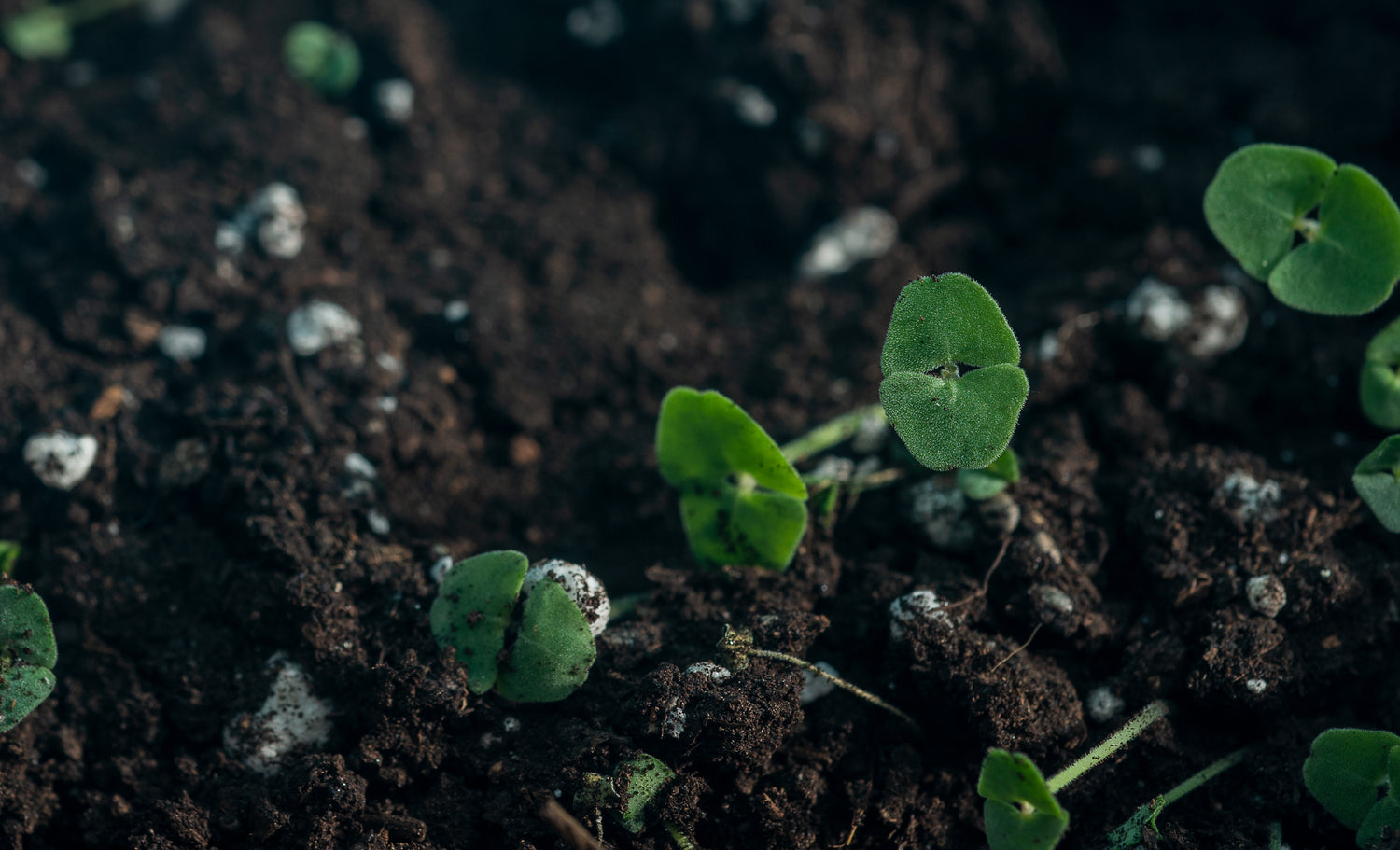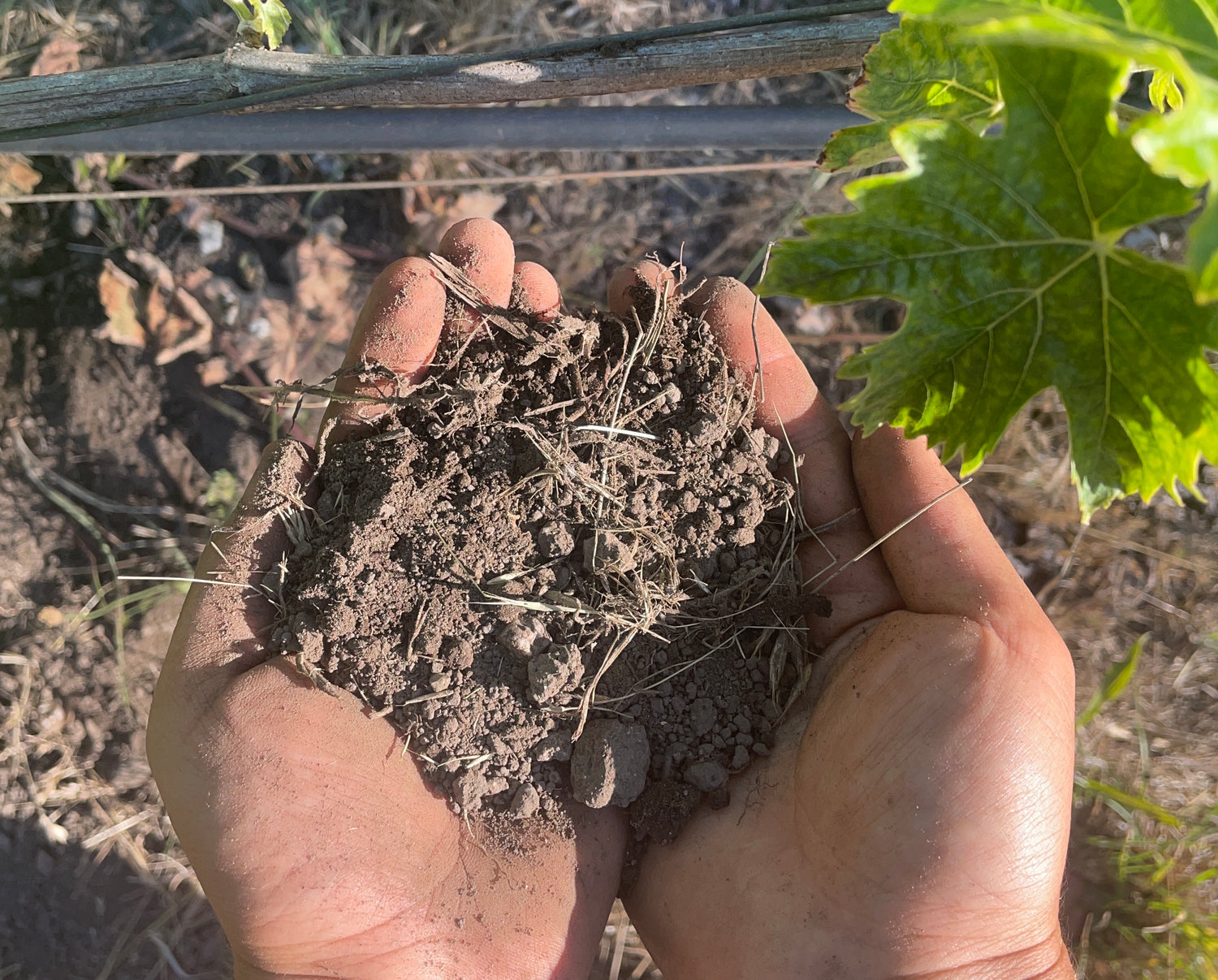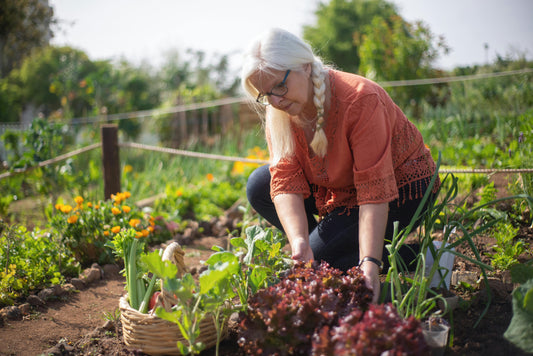Soil parasitic nematodes, microscopic roundworms thriving in California’s diverse soils, are a double-edged sword in agriculture, particularly for the state’s vineyards, orchards, and urban gardens. Found in millions per square yard of soil, these organisms can devastate crops by damaging roots or vectoring diseases, yet some play beneficial roles in nutrient cycling. In a state where urban farming, landscaping, and viticulture intersect, understanding nematodes is critical for sustainable land use. This comprehensive guide explores the types, impacts, sampling, and management of soil parasitic nematodes, with a focus on California’s agricultural and horticultural landscape. Enriched with tables, a flowchart for visual learners, and an extensive FAQ section, it draws on 2024 and 2025 research to provide actionable strategies for gardeners, farmers, and vineyard managers.
Overview of Soil Parasitic Nematodes
Soil parasitic nematodes, within the Phylum Nematoda, inhabit nearly every soil type, from loamy coastal gardens to Central Valley clay and Sierra foothill alluvium. A 2024 Nematology study estimates that a single acre of agricultural soil can contain billions of nematodes, with densities peaking in fertile, organic-rich soils. While many are benign or beneficial, plant-parasitic nematodes cause global crop losses exceeding $150 billion annually, per a 2025 Plant Pathology report. In California, nematodes challenge vineyards, vegetable fields, community gardens, and ornamental landscapes, necessitating targeted management to protect the state's multi-billion dollar agricultural economy.
Types of Soil Parasitic Nematodes
Nematodes are classified by feeding habits and taxonomic orders, with four orders—Rhabditida, Tylenchida, Aphelenchida, and Dorylaimida—dominating many of California’s soils.
Herbivorous Nematodes
Plant-parasitic nematodes, primarily in Tylenchida (e.g., root-knot nematodes, Meloidogyne spp.), use a stylet to puncture plant cells, extracting nutrients. A 2024 Journal of Plant Pathology study identifies Meloidogyne as a key pest in California’s vineyards and tomato fields, affecting plant vigor and yield.
Bacterivorous Nematodes
Bacterivores, common in Rhabditida, feed on soil bacteria, aiding decomposition. A 2025 Soil Biology and Biochemistry study notes their role in enhancing nutrient cycling across many Californian soil types, especially in organically managed farms.
Fungivorous Nematodes
Fungivores, found in Aphelenchida, pierce fungal hyphae with a stylet, controlling soil fungi. A 2024 Microbial Ecology study highlights their presence in clay loam and forest soils, where they help reduce fungal pathogens.
Predatory Nematodes
Predators, in Dorylaimida, consume other nematodes and microfauna, regulating pest populations. A 2025 Nematology study found that predatory nematodes in California’s alluvial and sandy soils suppress plant-parasitic species by 20%.
Nematode Characteristics and Impacts
The table below, for visual learners, summarizes nematode types, their roles, and typical impacts in California agriculture and landscaping.
| Nematode Type | Feeding Habit | Role in Soil | Impact in California |
|---|---|---|---|
| Herbivorous | Plant cell feeding | Damages roots, vectors viruses | Reduces yields in vineyards, tomatoes, and orchards |
| Bacterivorous | Bacteria consumption | Nutrient cycling | Enhances soil fertility in gardens and organic farms |
| Fungivorous | Fungal hyphae feeding | Controls fungal pathogens | Supports plant health in landscapes and forests |
| Predatory | Preys on nematodes | Regulates pest populations | Reduces parasitic nematodes naturally |
Impacts on Vineyards and Agriculture
Soil parasitic nematodes pose significant threats to California’s vineyards, orchards, and vegetable crops, particularly in sandy, loamy, and alluvial soils.
Direct Damage to Plants
Herbivorous nematodes like Meloidogyne and Xiphinema halt root elongation, kill tissues, and alter growth patterns. A 2024 Plant Disease study estimates nematodes reduce grapevine yields by 15–30% statewide.
Virus Transmission
Xiphinema species vector grapevine fanleaf virus and other crop pathogens. A 2025 Virology Journal study reports high incidences in coastal vineyards and specialty crop farms.
Disease Synergies
Nematodes predispose crops to fungal pathogens such as Phytophthora. A 2024 Phytopathology study found nematode-infested soils increase root rot severity by 25% in multiple counties.
Urban Gardening Challenges
In community gardens, nematodes impact crops like tomatoes, squash, and carrots. A 2025 Urban Agriculture study noted reduced output in 20% of sampled plots across cities like Sacramento, Fresno, and Los Angeles.
Soil Sampling for Nematode Analysis
Accurate sampling is critical for assessing nematode populations. The flowchart below, for visual learners, outlines the process:
- Start: Contact a soil lab for sampling protocols.
- Step 1: Select 10–20 sampling spots in the field or garden, targeting plant root zones.
- Step 2: Collect soil (6–12 inches deep) and root samples using a clean probe.
- Step 3: Combine samples (1–2 lbs total) into a labeled plastic bag.
- Step 4: Store samples cool and dark; avoid heat or direct sun.
- Step 5: Ship to the lab within 24–48 hours.
- End: Receive lab results with nematode counts and management advice.
A 2024 UC ANR guide recommends sampling in spring or fall. Typical analysis costs range from $50–$200, with modern labs achieving over 95% species identification accuracy, per a 2025 Journal of Nematology.
Management Strategies for Nematodes
Sustainable management minimizes nematode damage while preserving soil health, tailored to California’s diverse soils.
Soil Testing for Baseline Data
Annual testing identifies nematode species and guides control strategies. A 2025 Soil Science Reviews study reports a 30% increase in management success with baseline data.
Crop Rotation for Disruption
Rotating with non-host crops like marigolds or cereals can reduce nematode populations. A 2024 Crop Science study noted a 25% reduction in rotated California vegetable fields.
Biological Control Agents
Using predatory nematodes or microbes such as Pasteuria penetrans can suppress pests. A 2025 Microbial Ecology study found 20% reductions in vineyards using biocontrol agents.
Resistant Rootstocks
Rootstocks like Freedom or Harmony are resistant to Meloidogyne. A 2024 American Journal of Enology and Viticulture study showed 15% higher yields in resistant plantings across the state.
Soil Solarization
Applying clear plastic over moist soil during peak summer heat can kill nematodes. A 2025 Environmental Management study found up to 80% reductions in Xiphinema in solarized fields.
Organic Amendments
Adding compost improves microbial diversity and suppresses nematodes. A 2024 Soil Biology and Biochemistry study observed a 15% decline in nematodes with 5 tons/acre compost applications.
Cover Crops for Suppression
Planting marigolds or mustard species can release natural nematicides. A 2025 Plant Pathology study found 30% fewer root-knot nematodes in cover-cropped areas.












